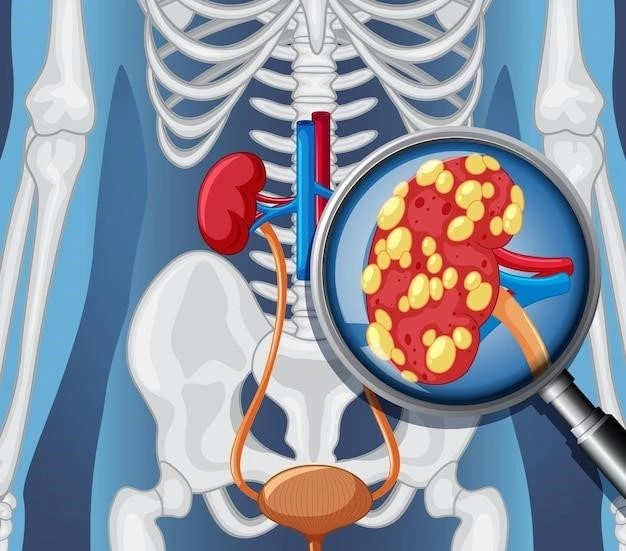Introduction
Polycystic kidney disease, type 2 (PKD2) is a mild variant of the inherited disorder characterized by the formation of numerous cysts in the kidneys. This type typically has low prevalence of symptoms and a late onset of end-stage renal failure.
Definition of Polycystic Kidney Disease, Type 2
Polycystic kidney disease, type 2 (PKD2) is a milder form of the genetic disorder characterized by the development of fluid-filled cysts in the kidneys, leading to kidney enlargement and potential loss of function over time. PKD2 is caused by mutations in the PKD2 gene, impacting the polycystin-2 protein, and is known for a later onset of symptoms compared to PKD1.

Causes and Symptoms
Polycystic kidney disease, type 2 (PKD2), is primarily caused by genetic mutations affecting the PKD2 gene. Symptoms of ADPKD type 2 include kidney enlargement, abdominal pain, high blood pressure, and urinary tract infections. This variant often leads to late-onset end-stage renal failure.
Genetic Mutation Responsible for PKD2
Mutations in the PKD2 gene, encoding the polycystin-2 protein, lead to autosomal dominant polycystic kidney disease type 2 (ADPKD). Polycystin-2 plays a crucial role in kidney function, and its mutations result in the development of cysts in the kidneys, contributing to the progression of the disease.
Comparison of Symptoms between PKD1 and PKD2
Autosomal dominant polycystic kidney disease type 2 (ADPKD2) is generally recognized to have milder symptoms and a later onset of end-stage renal failure compared to ADPKD type 1. While both types feature kidney enlargement and cyst development٫ ADPKD2 often presents with a lower prevalence of symptoms and slower disease progression.

Diagnosis and Treatment
Diagnosing polycystic kidney disease, type 2 (PKD2), involves genetic testing to identify mutations in the PKD2 gene. Treatment focuses on managing symptoms through blood pressure control, pain management, and addressing complications like infections. Regular monitoring and surveillance are crucial to track kidney function and intervene when needed.
Diagnostic Methods for Polycystic Kidney Disease, Type 2
Diagnosing polycystic kidney disease, type 2 (PKD2), involves genetic testing to identify mutations in the PKD2 gene. Additional diagnostic methods may include imaging studies like ultrasounds to visualize kidney cysts and blood tests to assess kidney function. Early diagnosis allows for the implementation of appropriate management strategies to slow disease progression.
Management Strategies for ADPKD Type 2
Management of autosomal dominant polycystic kidney disease type 2 (ADPKD2) focuses on symptom control, blood pressure management, and addressing kidney complications. Treatment options may include medications to control hypertension, pain management, and interventions to manage cyst infections. Regular monitoring and lifestyle modifications are vital in slowing disease progression and preserving kidney function.
